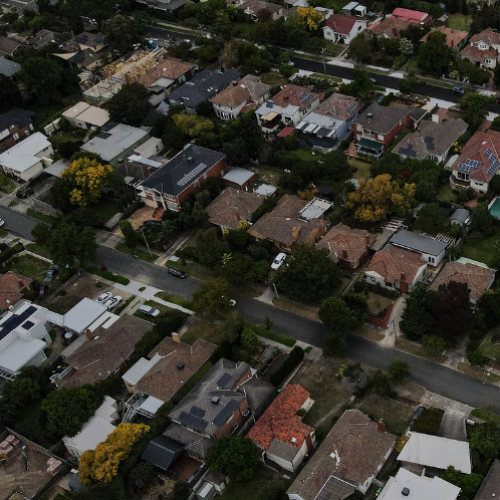Australia is expected to narrowly avoid a recession in the next year, despite higher interest rates and global economic pressures.
The prediction within federal government ranks comes as cost pressures start to squeeze businesses.
The latest CreditorWatch business risk index for July found the average value of business invoices had fallen by 28 per cent over the past 12 months.
Businesses are ordering less each month, leading to a fall in revenues along the supply chain.
Other key business indicators, including trade payment defaults, credit inquiries, external administrations and court actions, have also deteriorated in the latest report.
Despite the pressures on business, government sources told AAP a recession – which in technical terms is two consecutive quarters of negative economic growth – is not highly likely.
The GDP profile over the next 12 months is for small positives, the sources said, despite the lag effect of a series of interest rate rises by the Reserve Bank and problems in China – Australia’s largest trade partner.
What happens in the Chinese economy is considered in government circles to be the biggest risk in terms of any Australian economic downturn.
Unemployment is still expected to rise from its current 3.7 per cent, but not show a major blowout.
As some economists still consider a recession a distinct possibility, the five areas the government is most closely watching are inflation, consumption, the labour market, exports and migration.
Inflation is starting to moderate, consumption is easing as interest rates bite, the labour market is proving resilient, exports are strong despite prices coming off, and migration has been a positive.
However, there is patchiness in the domestic economy.
CreditorWatch found business-to-business trade payment defaults were up 86 per cent year-on-year, while external administrations rose 10 per cent over the year.
“It will be the industries most exposed to consumer discretionary spending such as hospitality and retail that will experience the toughest conditions across the second half of this year,” CEO Patrick Coghlan said.
The organisation’s data backed in the Reserve Bank’s forecast of a slowing in economic growth over the second half of 2023.
The RBA forecasts GDP to slow to 0.9 per cent over the year to December, down from 1.6 per cent over the year to June.
“Household consumption has already slowed considerably, with the slowdown expected to worsen as more households come off fixed-rate home loans,” CreditorWatch chief economist Anneke Thompson said.
Household consumption is expected to have grown by 1.6 per cent to June, with 1.3 per cent expected for the year to December.
The research showed variations in businesses at risk across the country.
Areas with an older median age presented the lowest risk of business insolvency, because the businesses were likely to have lower debt levels and more established income streams.
Areas with the highest risk of insolvency not only tend to have younger populations, but also business profiles that are more strongly weighted to construction, tourism and retail trade.
On the upside, CreditorWatch said population growth continued to have a positive impact on the economy, especially in driving demand for education, health and professional services.











